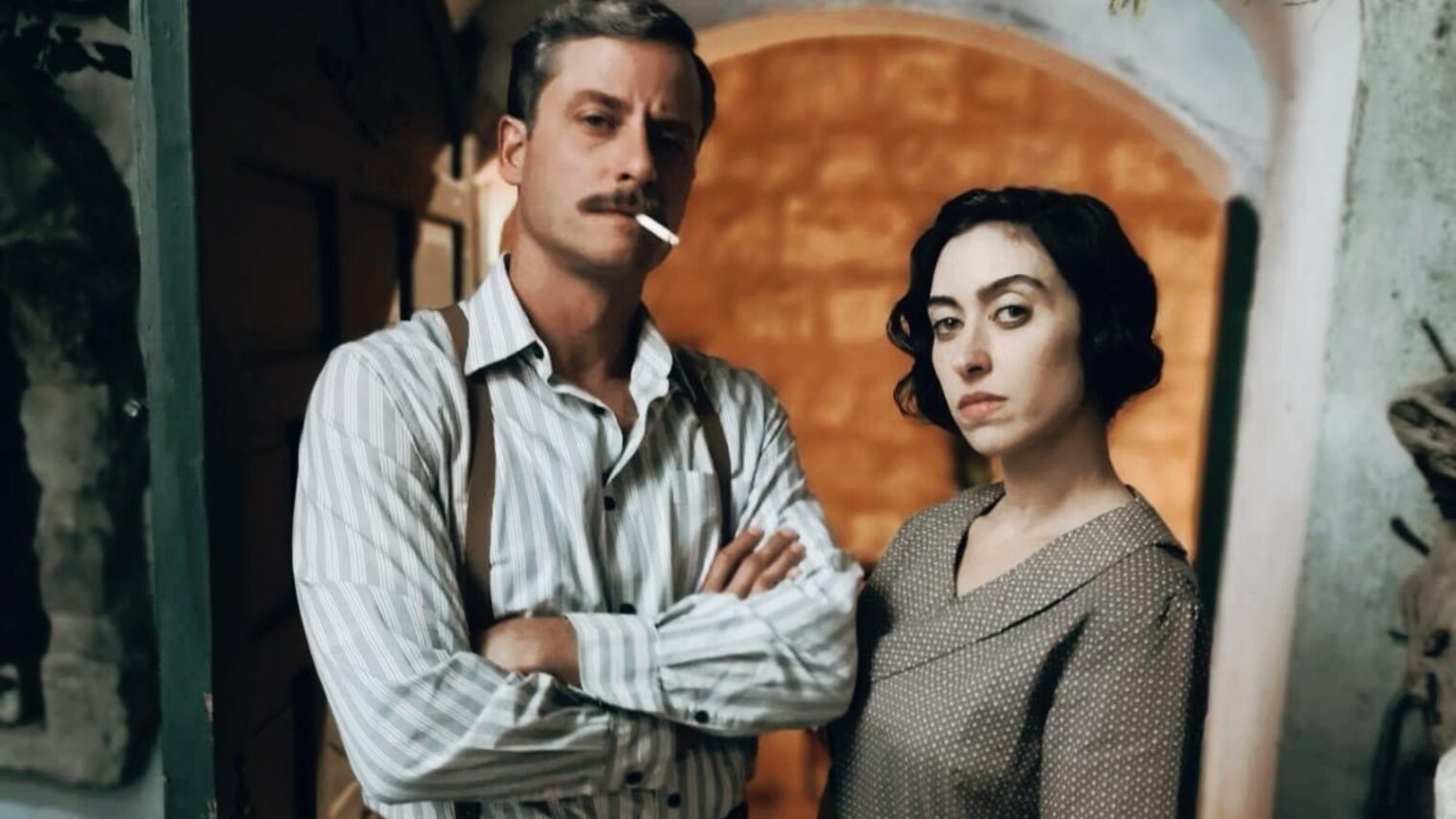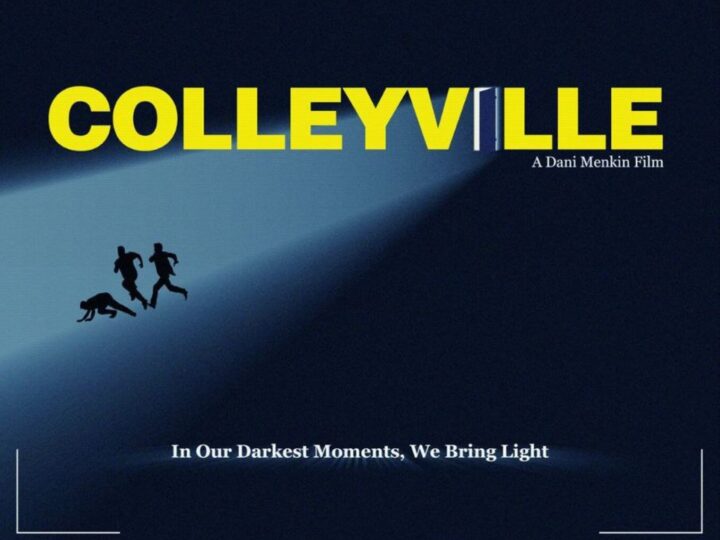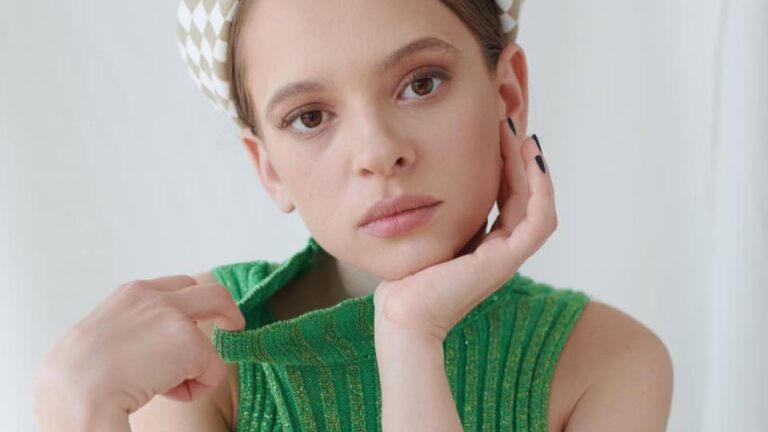Israel’s first major period drama series, “The Beauty Queen of Jerusalem,” was all set to shoot in Kiev at the beginning of 2020 when the pandemic shut the borders.
It seemed a bitter blow, stalling one of the most ambitious and high-budget local productions to date.
Then lockdown provided some unforeseen benefits. The streets of Jerusalem, Acre and Safed were emptied of their usual bustle and became perfect film locations.
The historical American Colony Hotel, which would usually have been off limits due to guests, allowed filming in their elegant bar and leafy courtyard. And a dance party scene was shot at a museum closed due to the pandemic.
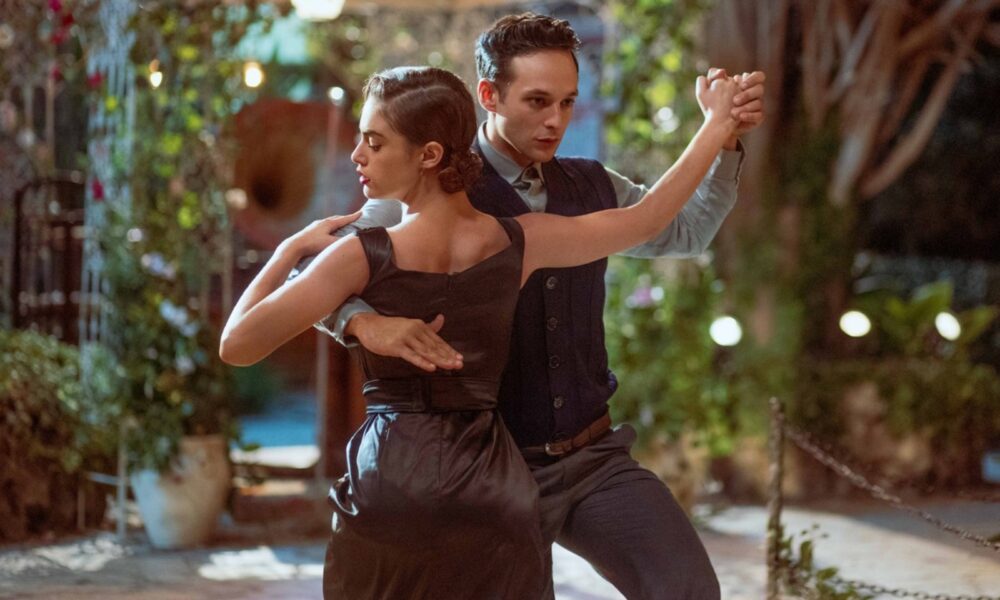
Also, internationally known Israeli actors Michael Aloni (“Shtisel”), Hila Saada (“Beauty and the Baker”) and Itzik Cohen (“Fauda”) suddenly had more flexibility in their schedules.
But filming locally did not seem at first to be of any benefit for Liron Cohen, costume designer of the sprawling family saga.
She had to frantically scout new sources for the wardrobe of the multigenerational characters, living in the time Jerusalem was part of the Ottoman Empire, through the British Mandate and Israel’s War of Independence.
“In Kiev it was all arranged that I would have access to a well-established, enormous costume archive to replicate fashions from 1919 to the 1940s. The studio there also had the advantage of a storage facility to keep the thousands of sets of clothes needed to dress 40 main characters and many, many extras.”
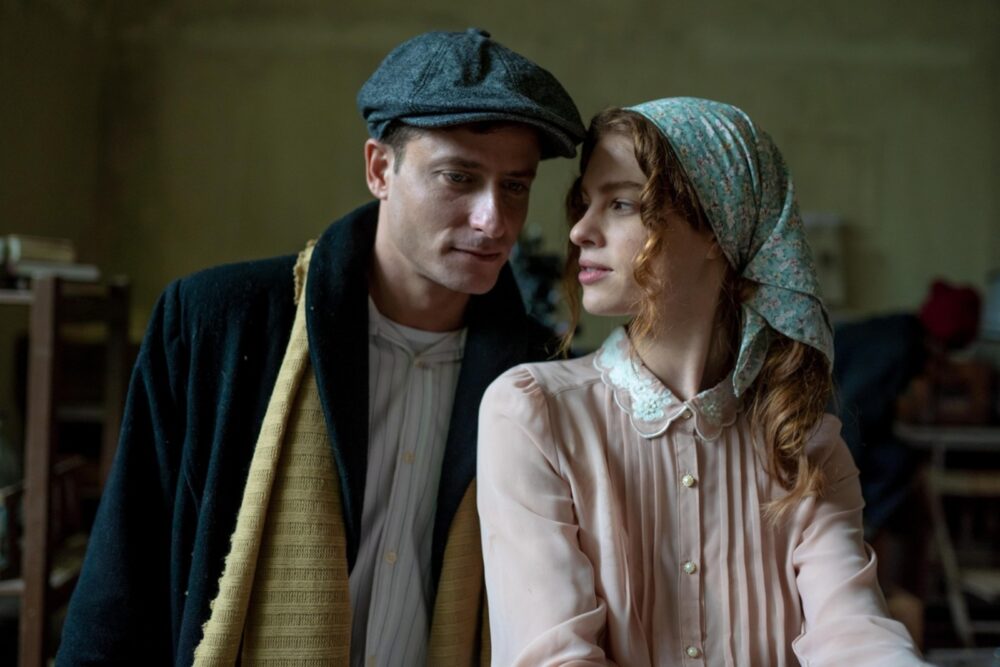
A graduate in fashion design from WIZO School of Design in Haifa, with 10 years’ experience working in TV and movie productions, Cohen discovered during her historical research what a melting pot Jerusalem was in the first half of the 20th century.
“It was a society made up of a wide range of ethnic and social groups speaking many languages — Hebrew, Ladino, Arabic, English and Turkish. Each group had its own distinct style of dress, made of different fabrics and with a variety of accessories,” she says.
“Some immigrants also transformed themselves in their new homeland, modifying heavy, woolen clothing to match the hot climate they now found themselves in.”
A fascinating discovery
“The Beauty Queen of Jerusalem,” based on the 2015 international bestseller by Sarit Yishai-Levy, includes all these diverse groups.
The central family are the Spanish-Judeo Ermozas. Rochel (Yuval Scharf), the unattainable love interest of Gabriel Ermoza (Michael Aloni), is from the tightly knit Orthodox Ashkenazi community.
There are also Irgun fighters (the Zionist paramilitary group), Arabs and whoever is ruling at the time, Turkish or British.
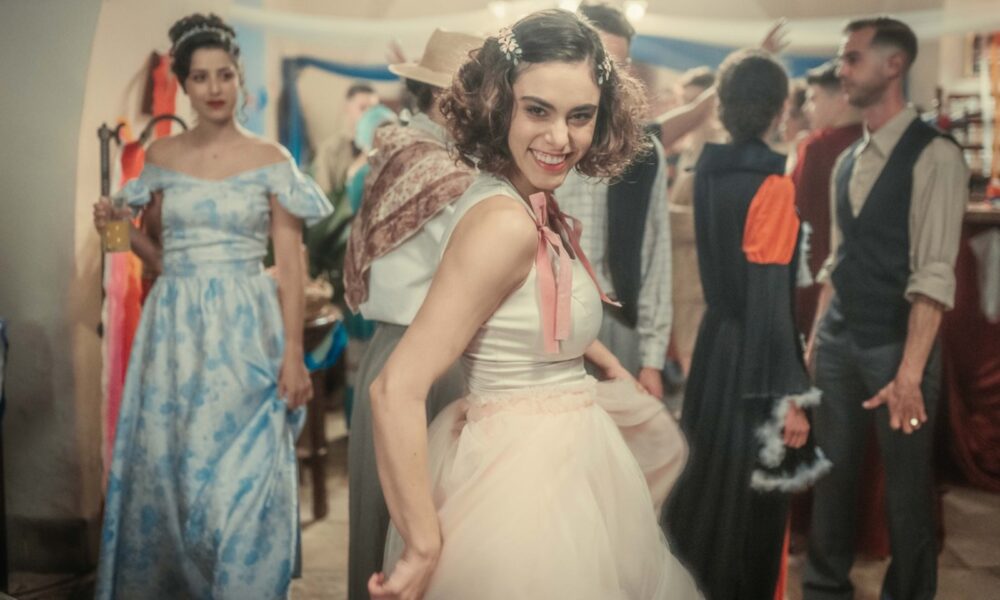
Cohen says what seemed at first like an overwhelming task turned into a fascinating discovery.
“The magic really began when I found the vintage community in Israel. There are many people here of all ages, men and women, who collect and preserve vintage clothing. We started going from place to place and person to person collecting and buying.”
Nearly all the clothing and shoes in the series are original items from the 1920s, ’30s and ’40s. Cohen says she was lucky to discover vintage stores such as By Kilo in Tel Aviv, Golda in Herzliya and the online site Betty in Vintage Land.
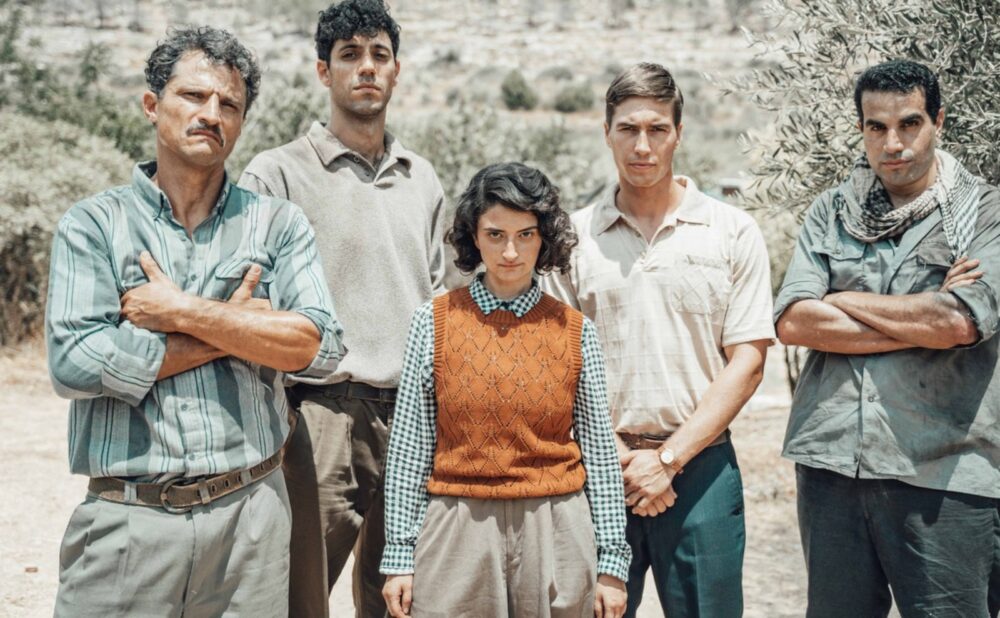
Other finds, she says, were made at estate sales and from private collectors. Cohen also speaks excitedly of the one-of-a-kind wedding dress with 19th century embroidery she found for the character Rosa (Hila Saada) in the studio of design duo Reuma and Yoel, who collect vintage fabric to incorporate into creations.
Hasidim and British officers
There was no need to search very hard for the costumes of the strictly devout Ashkenazi characters in the series as members of the Toldot Aharon community still wear the same black-and-white stripe outfits until today.
Costumes of the British Mandate officers were also easy to obtain as a company in England specializes in historically correct reproductions of military uniforms.
Besides using costumes to emphasize the timeframe, they are also important to build the character’s persona, and for this Cohen had to work strictly according to the brief of director, Oded Davidoff and screenwriters Shlomo Mashiach and Esther Namdar Tamam.
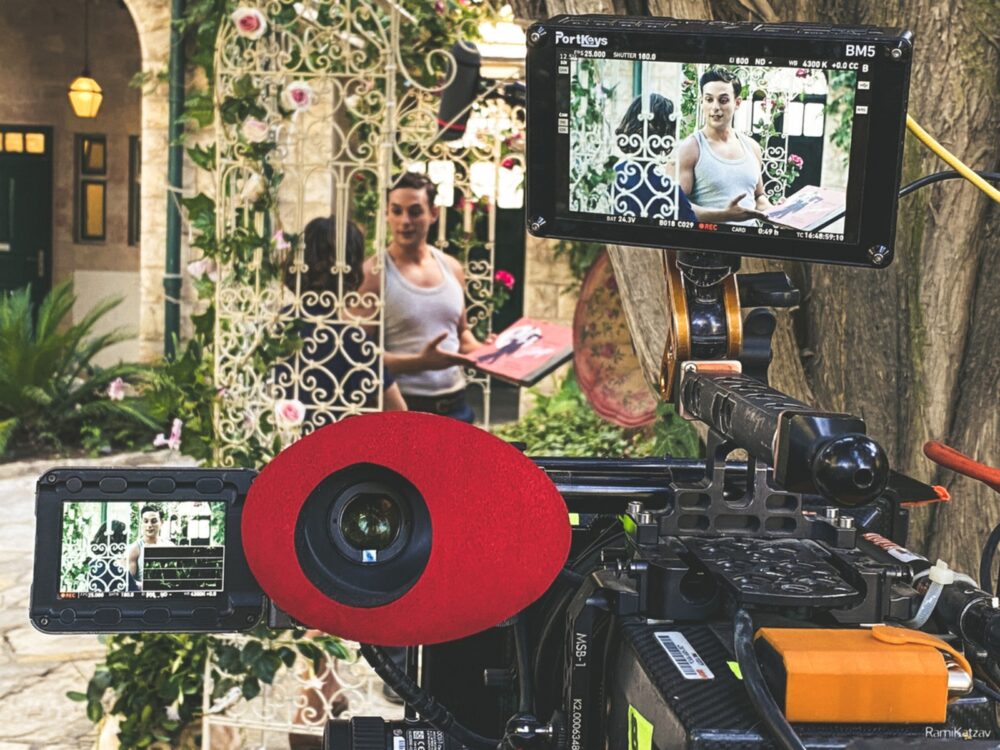
In the case of the young, sensual beauty Luna Ermoza (played by newcomer Swell Ariel Or) “we put her in revealing outfits showing her cleavage so that her liberated, sexy, flirty personality would be emphasized.”
Characters are also used to show the passing of time. “I chose the character of Rosa to show how women’s fashions evolve. For example, in the episodes which take place in the 1920s her dresses have low waists and are quite shapeless. In the 30s, her dresses have a more defined waistline and skirts are to the knees.”
Exotic and silky
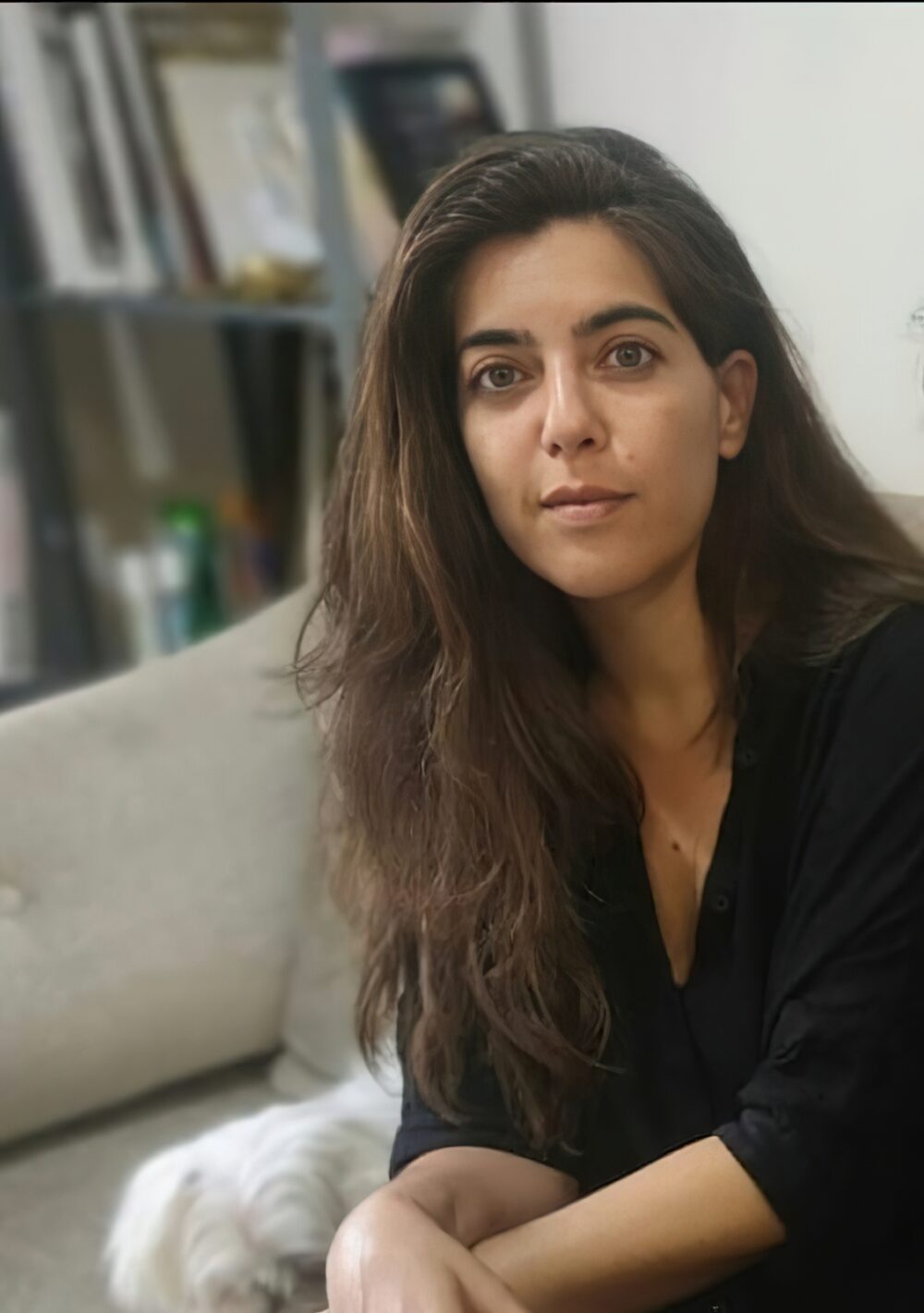
Of all the characters, Lebanese belly dancer Aishi (Luna Mansour) is Cohen’s favorite.
“I love Aisha for her feminist views. She uses her strong intuition and intelligence to navigate the male environment she inhabits. She knows how to play the game,” Cohen says.
“Her garments come from a wider world than Rosa Ermoza, who is a housewife, and her neighbor, Victoria Franco [Mali Levy], who takes in people’s laundry. Aisha wears bold jewelry from India and fabrics that are more exotic and silky.”
Cohen, who has a Moroccan mother and Polish father, is not the only one to have fallen in love with the characters and been swept up into a Jerusalem of years gone by.
“All of the cast and crew related closely to one or other of the communities portrayed in the series. Everyone had a moment where they said it reminded them of their grandparents, their history or of something nostalgic,” she tells ISRAEL21c.
“For me though, it’s the clothing that was like a beating heart, bringing it all to life,” says the talented costume designer.




